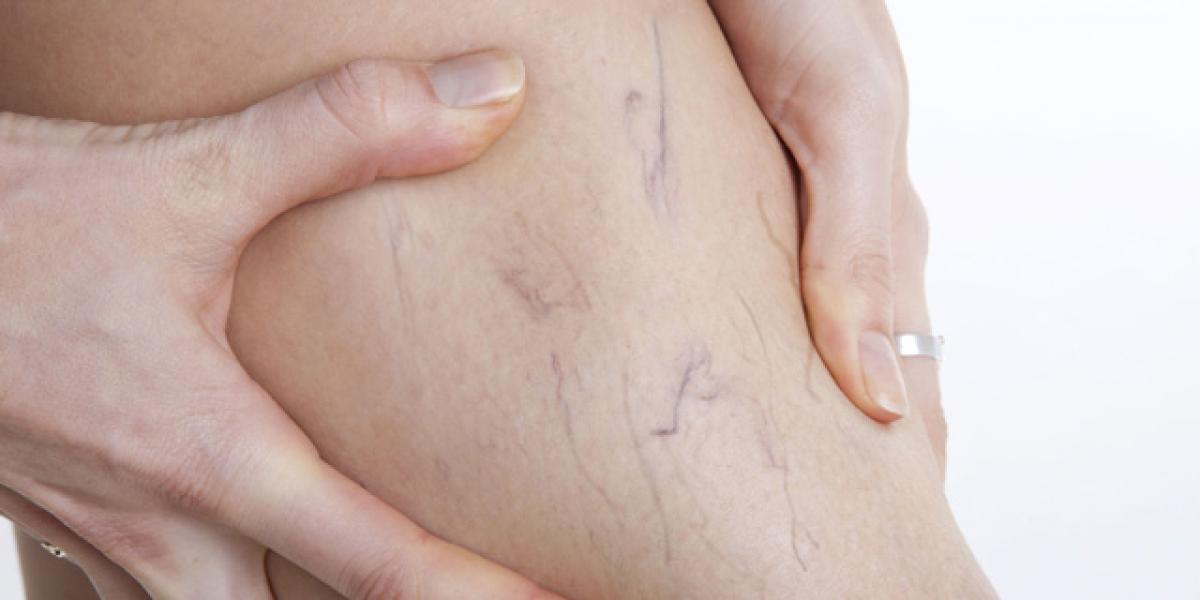Live
- Why buy personal accident coverage when you have term insurance?
- Term Insurance: A Comprehensive Guide to Affordable Life Coverage
- Tamil Star Couple Suriya and Jyothika Visit Kollur Mookambika Temple
- Mangaluru Resident Falls for APK Scam, Leads to Loss of Lakhs
- 45 punished over China mine gas explosion that killed 11
- New Mizoram Chief Secretary Khilli Ram Meena to take charge tomorrow
- Against India's growth story: Congress faces backlash over allegations against Adani Group
- Opposition again rakes up mango kernel deaths in Odisha Assembly
- Assam Police foiled infiltration attempt from Bangladesh: CM Sarma
- Hemant Soren to take oath as Jharkhand CM tomorrow, top INDIA bloc leaders to attend









